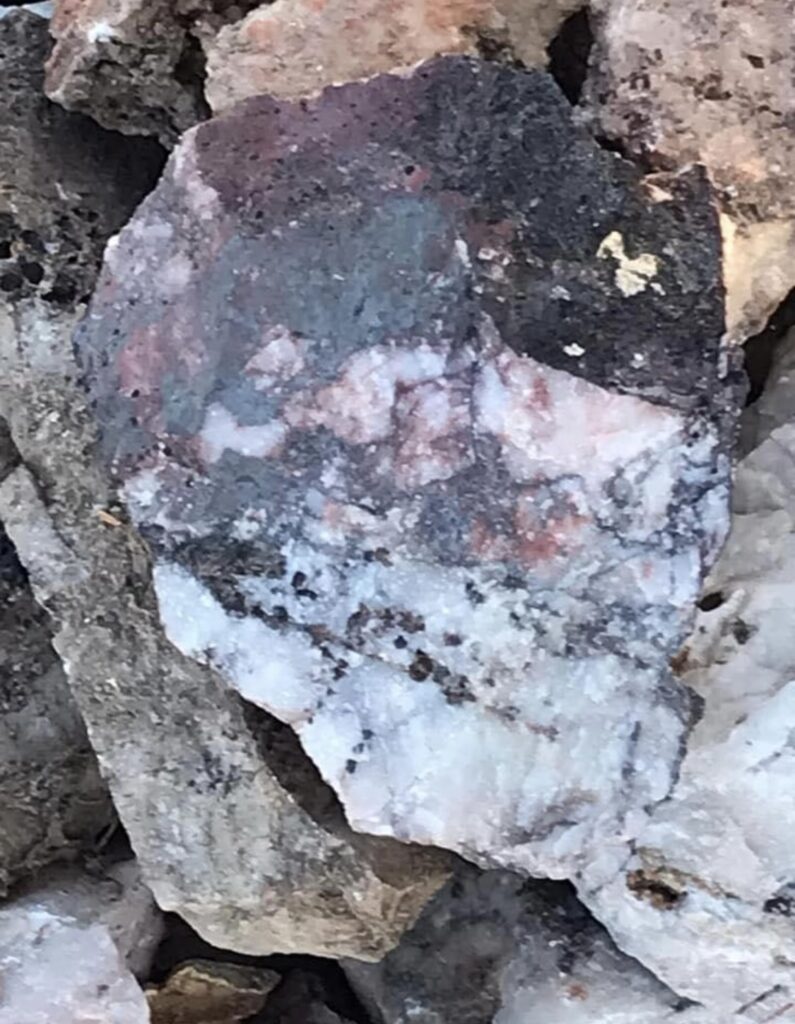Section 4: Filing a Gold Claim


Filing A Gold Claim
Welcome to Section 4 of your Aurum Meum Academy eCourse! In this section, we will guide you through filing a gold claim. This step is crucial for serious prospectors and gold miners. We will cover the legal and regulatory requirements, types of claims, and steps to secure your mining rights on federal lands.
What is a Gold Claim?
A gold claim grants the legal right to prospect, explore, and extract gold from public lands. In the U.S., most claims are on land managed by the Bureau of Land Management (BLM) or the U.S. Forest Service. Filing a claim does not give you land ownership. Instead, it gives you exclusive rights to mine gold in your claim’s boundaries.
Two Main Types of Mining Claims
- Placer Claims: These are used for gold found in loose materials like sand or gravel, typically in streams.
- Lode Claims: These apply to hard rock deposits, where gold is embedded in veins of rock.
Both claims require proper documentation and adherence to regulations.
[Step-by-Step Guide to Filing a Gold Claim]
Step 1: Determine Claim Eligibility
Before filing, check if the land is open to mining. Not all federal lands allow mining. Some areas are restricted, like national parks or military reservations.
To determine eligibility, visit the BLM’s Land and Mineral Records website (LR2000). You can also contact your local BLM or Forest Service office.
Step 2: Conduct a Physical Search for Gold
Once the land is eligible, physically prospect the area. Use techniques like panning, sampling, or small-scale digging to find gold deposits.
When you find valuable deposits, you can proceed with filing your claim.
Step 3: Mark and Survey Your Claim
Mark the boundaries of your claim. Stake the four corners with visible markers. Then, complete a survey of the claim area.
The survey includes marking posts and creating a map showing the location and boundaries of your claim.
Step 4: File the Claim with the BLM
File paperwork with the Bureau of Land Management (BLM). This includes:
• A location notice with a legal description.
• A map showing your claim’s boundaries.
• Filing fees, which include processing and maintenance fees.
File these documents with both the BLM and the county recorder’s office within 90 days of discovery.
Step 5: Pay Annual Maintenance Fees
After filing, pay annual maintenance fees to keep your claim active. Failure to pay can result in losing your claim.
As of 2024, fees for placer claims are $165 per 20 acres, while lode claims cost $165 per claim.
Step 6: Perform Assessment Work
Each year, perform assessment work to maintain your claim’s validity. This includes activities like digging or sampling. The minimum requirement is $100 worth of work per claim.
[Maintaining Your Claim]
After filing your claim, understand your responsibilities. Follow federal and state regulations, monitor your claim’s status, and respect neighboring claim holders.
In some cases, obtain additional permits to conduct larger mining operations or protect the environment.
Like & subscribe to this channel. operations@aurummeum.com





